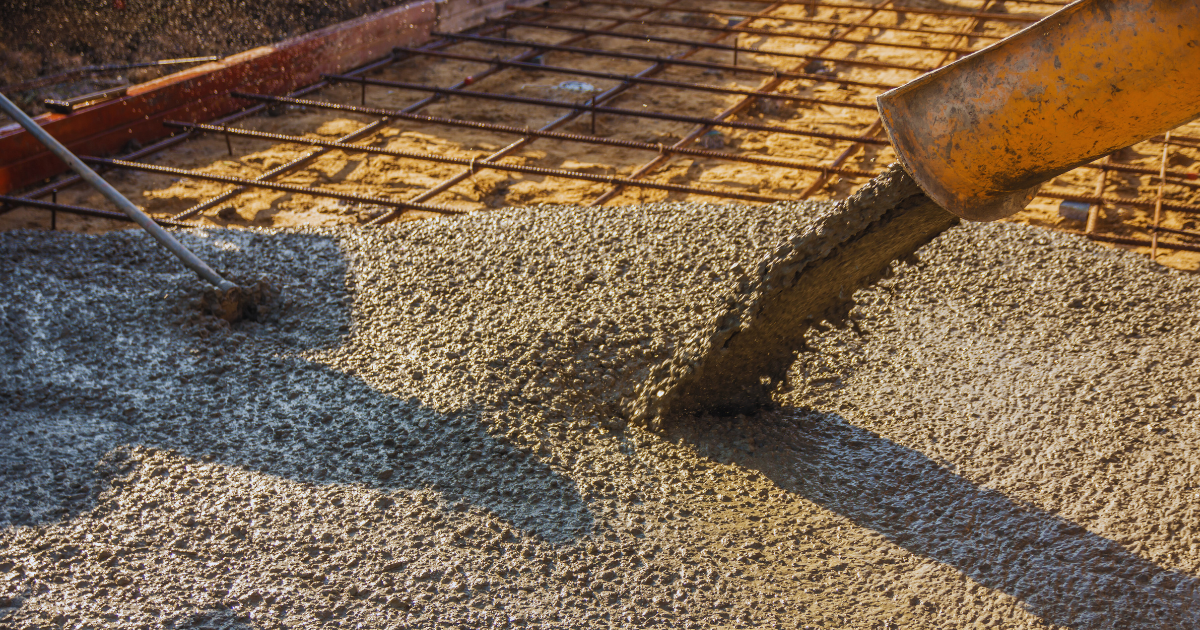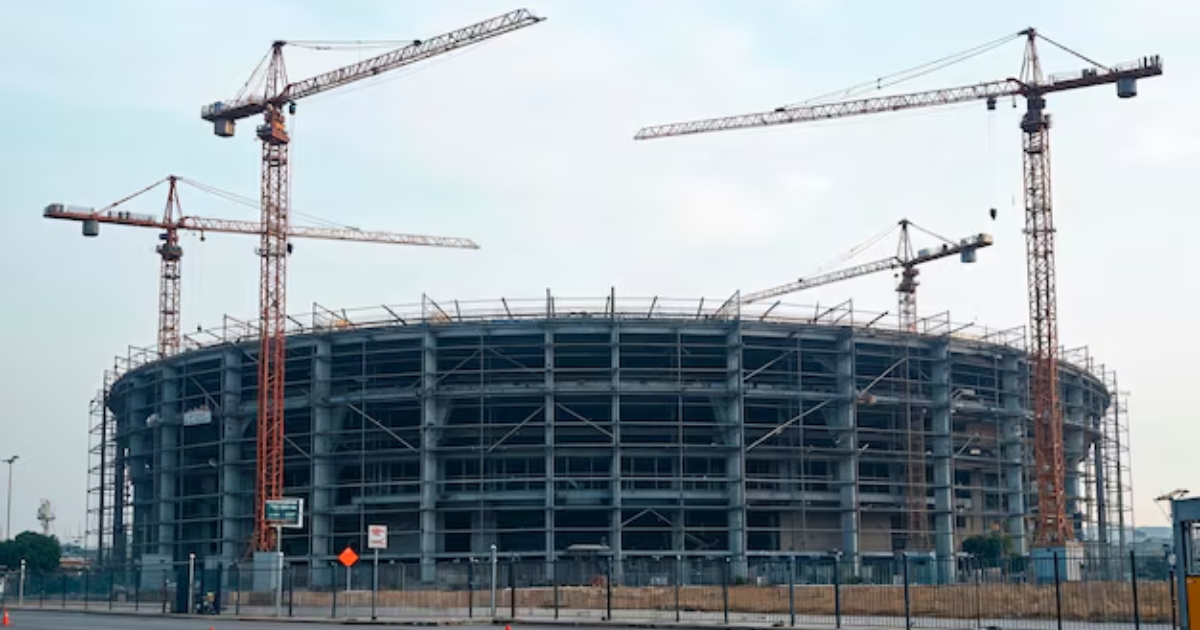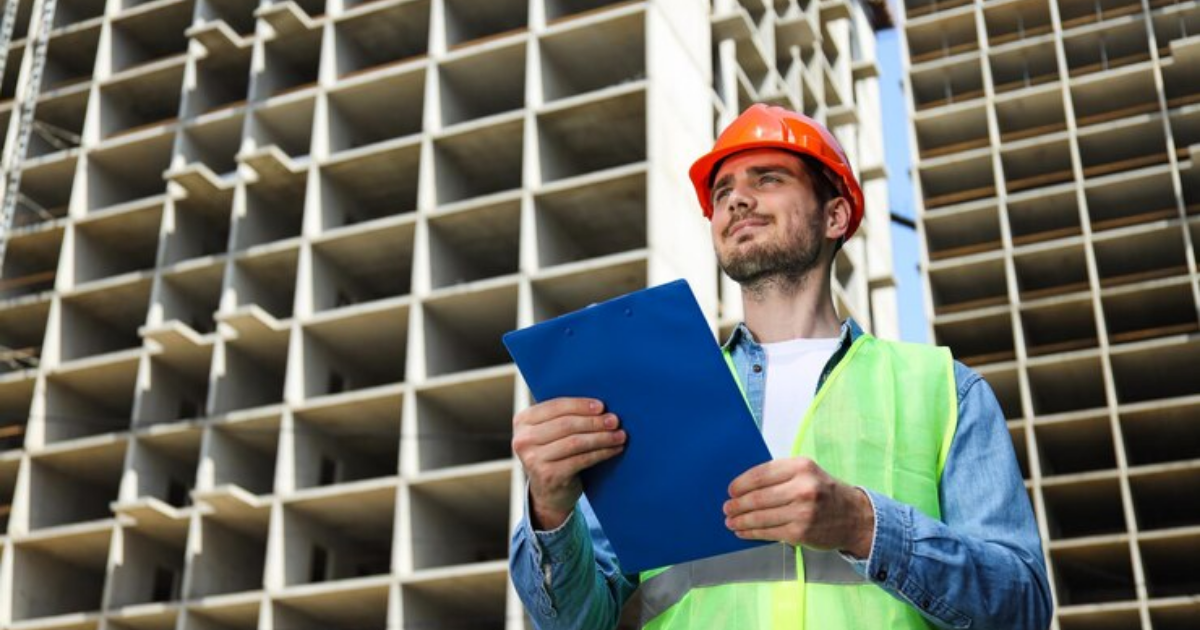In the world of construction, the quality of materials used can greatly influence the durability and longevity of the project. One such crucial material is concrete, and its formulation is key to achieving desired structural characteristics. Understanding the correct ready mix concrete ratio is essential for ensuring that the concrete mix meets specific performance requirements. This comprehensive guide will delve into the intricacies of ready mix concrete ratio, covering its importance, the factors influencing the ratio, and how to determine the best mix for your project.
Understanding Ready Mix Concrete Ratio
The ready mix concrete ratio refers to the proportion of various components in the concrete mix. These components typically include cement, sand (fine aggregate), gravel or crushed stone (coarse aggregate), and water. The correct ratio ensures that the concrete achieves the desired strength, durability, and workability. The ready mix concrete ratio is fundamental to producing concrete that is not only strong but also easy to work with and long-lasting.
Importance of the Right Ready Mix Concrete Ratio
1. Structural Integrity
The structural integrity of concrete is heavily dependent on the correct ready mix concrete ratio. Using the right proportions of cement, sand, and aggregates ensures that the concrete will have the required compressive strength to support the loads it will encounter.
2. Durability
A well-balanced ready mix concrete ratio contributes to the durability of the concrete. Properly mixed concrete can resist environmental factors such as freeze-thaw cycles, chemical attacks, and abrasion, ensuring a longer lifespan for the structure.
3. Workability
The workability of concrete is crucial for ease of placement and finishing. A good ready mix concrete ratio ensures that the mix is neither too dry nor too wet, allowing for smooth application and achieving a uniform surface finish.
4. Cost Efficiency
Using the correct ready mix concrete ratio can also be cost-effective. It ensures that the right amount of materials is used, reducing waste and avoiding unnecessary expenses.
Factors Influencing Ready Mix Concrete Ratio
Several factors influence the determination of the ready mix concrete ratio. These include:
1. Project Requirements
The specific requirements of the project play a significant role in determining the ready mix concrete ratio. Factors such as the type of structure, load-bearing capacity, and exposure conditions must be considered to select the appropriate mix.
2. Strength Requirements
Different construction projects require different concrete strengths. The required compressive strength of the concrete at 28 days is a critical factor in determining the mix ratio. Higher strength requirements typically necessitate a higher cement content.
3. Workability
Workability needs vary depending on the construction application. For example, concrete used in foundation work may require a different workability than concrete used for pavements or decorative finishes. Adjusting the water-cement ratio is a common method to achieve the desired workability.
4. Aggregate Size and Quality
The size and quality of the aggregates used in the concrete mix also influence the ready mix concrete ratio. Larger aggregates may require different proportions compared to smaller aggregates to achieve the desired consistency and strength.
5. Environmental Conditions
Environmental conditions, such as temperature and humidity, can affect the curing process of concrete. The ready mix concrete ratio may need to be adjusted to ensure proper curing and to prevent issues like cracking or reduced strength.
Common Ready Mix Concrete Ratios
There are several standard ready mix concrete ratios commonly used in construction, each suited for different types of projects. Here are a few examples:
1. Standard Mix (1:2:4)
The standard ready mix concrete ratio of 1:2:4 (one part cement, two parts sand, and four parts gravel) is widely used for general construction purposes. This mix provides a good balance of strength and workability, making it suitable for foundations, slabs, and pavements.
2. High-Strength Mix (1:1.5:3)
For projects requiring higher compressive strength, such as high-rise buildings or heavy-duty industrial floors, a 1:1.5:3 ratio is often used. This mix contains more cement and less sand and aggregate, resulting in a stronger final product.
3. Lean Mix (1:3:6)
A lean mix, with a ratio of 1:3:6, is typically used for non-structural elements like pathways, garden walls, or lightweight fill. This mix has less cement and more aggregate, making it more economical for projects where high strength is not a critical requirement.
4. Rich Mix (1:1:2)
A rich mix, such as a 1:1:2 ratio, is used for specialized applications requiring high strength and durability, such as underwater construction or chemical-resistant structures. This mix has a higher cement content, providing superior strength and durability.
Determining the Best Ready Mix Concrete Ratio for Your Project
Choosing the best ready mix concrete ratio involves a thorough understanding of the project requirements and the specific properties needed from the concrete. Here’s a step-by-step guide to help you determine the ideal ratio:
1. Assess Project Requirements
Begin by assessing the specific requirements of your project, including the type of structure, load-bearing capacity, and exposure conditions. Consider factors such as whether the concrete will be exposed to harsh weather, chemicals, or heavy loads.
2. Define Strength and Durability Needs
Determine the required compressive strength and durability for the concrete. This will help guide the choice of the ready mix concrete ratio. For instance, a higher compressive strength will typically require a mix with a higher cement content.
3. Evaluate Workability
Consider the workability needed for the concrete. This includes factors like ease of placement, compaction, and finishing. Adjust the water-cement ratio accordingly to achieve the desired workability without compromising strength.
4. Choose the Right Aggregates
Select the appropriate size and quality of aggregates based on the project requirements. The choice of aggregates will influence the mix proportions and the final properties of the concrete.
5. Consult Standards and Guidelines
Refer to industry standards and guidelines, such as those provided by the American Concrete Institute (ACI) or the British Standards (BS), to ensure that the chosen ready mix concrete ratio meets the necessary specifications.
6. Test and Adjust
Perform trial mixes and tests to ensure that the chosen ratio meets the required performance criteria. Make any necessary adjustments to the proportions based on the test results to optimize the mix for your project.
Case Study: Optimizing Ready Mix Concrete Ratio for a Commercial Building
Consider a commercial building project requiring a strong foundation and durable floors. After assessing the project requirements, the following steps were taken to determine the best ready mix concrete ratio:
- Project Requirements: The building needed a strong foundation and durable floors capable of withstanding heavy foot traffic and occasional heavy loads.
- Strength and Durability: A compressive strength of 4000 psi was required for the foundation and 3000 psi for the floors. The concrete also needed to be durable against potential chemical exposure.
- Workability: The concrete needed to be workable enough to ensure proper placement and finishing, especially for the floors.
- Aggregate Selection: High-quality, well-graded aggregates were chosen to ensure strength and durability.
- Standards Consultation: ACI guidelines were followed to ensure compliance with industry standards.
- Trial Mix and Adjustment: Initial trial mixes were performed with a 1:2:4 ratio for the foundation and a 1:2.5:3.5 ratio for the floors. After testing, slight adjustments were made to the water-cement ratio to achieve optimal workability and strength.
The result was a high-quality, durable concrete mix that met all the project requirements, demonstrating the importance of carefully selecting the ready mix concrete ratio.
Conclusion
Understanding and applying the correct ready mix concrete ratio is crucial for the success of any construction project. By considering factors such as project requirements, strength and durability needs, workability, and aggregate selection, you can determine the best ready mix concrete ratio for your specific needs. Whether you are working on a residential building, commercial structure, or infrastructure project, getting the mix right will ensure a durable, strong, and long-lasting result. Always consult industry standards and perform thorough testing to optimize your concrete mix, ensuring the best possible outcome for your project.
By selecting a reputable supplier like Hindustan RMC, you can further enhance the benefits, ensuring your project is completed on time, within budget, and to the highest standards of quality.







